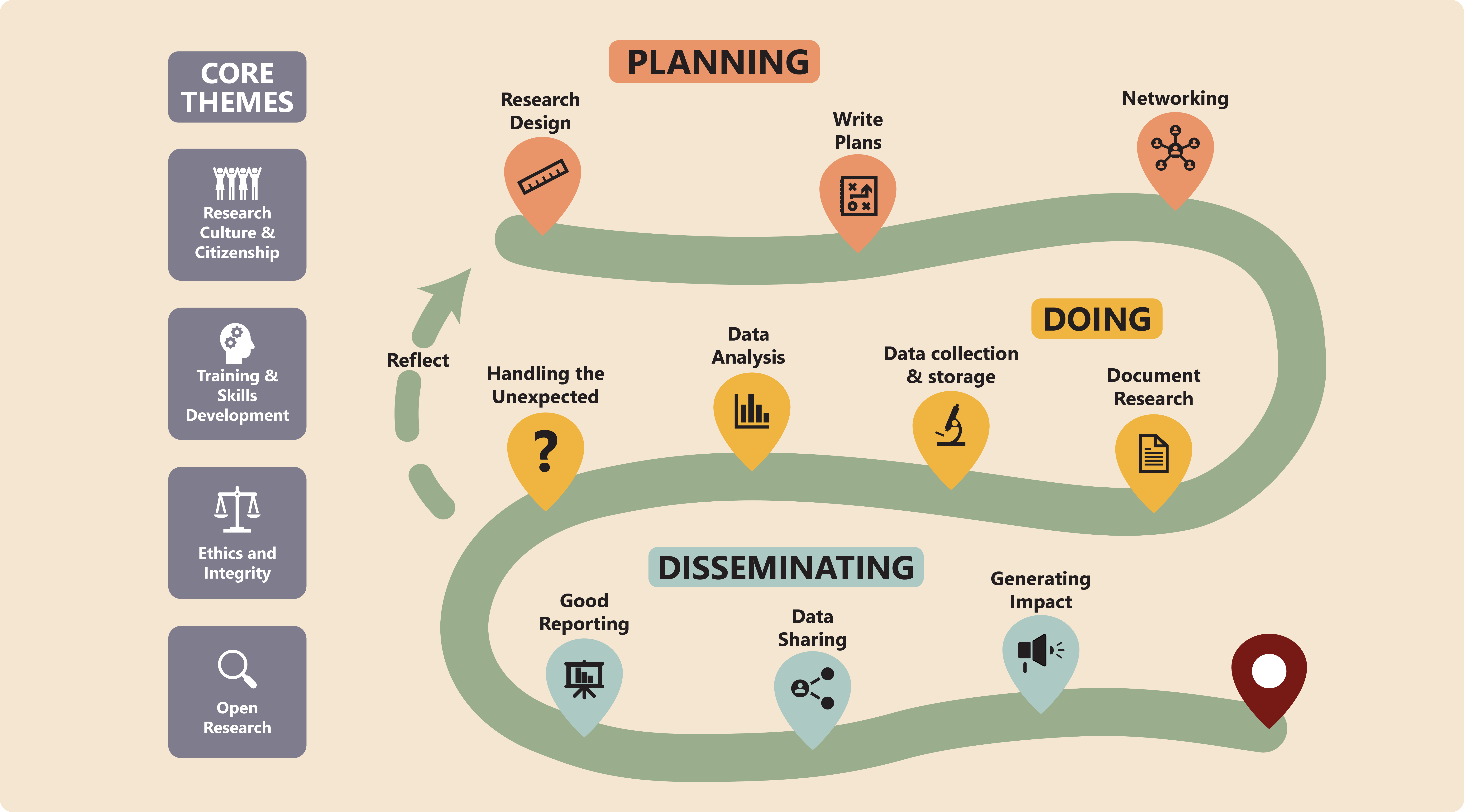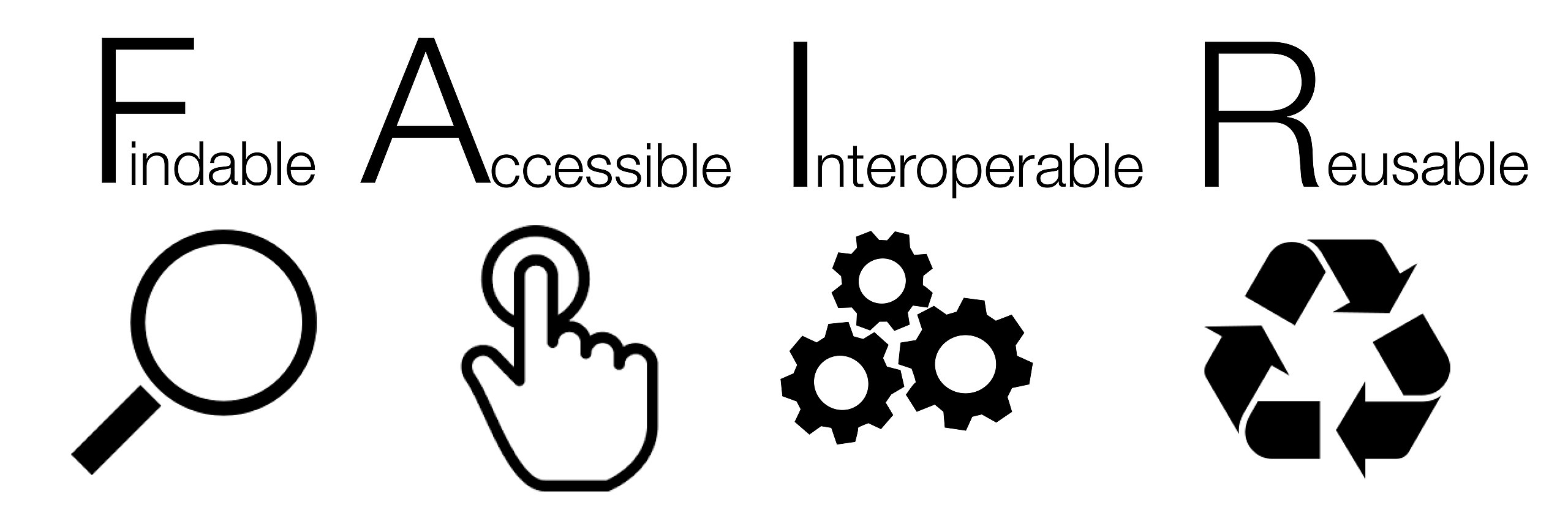Data Sharing

Data sharing is critical for transparency and reproducibility of your research, as well as increasing its utility for other researchers, promoting collaborations and improving research efficiency.
-
Plans for data sharing should ideally be made at the start of the project.
-
Data should be ‘as open as possible, as closed as necessary’ - note that you must check you have appropriate permissions to make your data open and that any identifying features of the data are removed/anonymised.
-
Opening your data, code, and workflows to others means it can be used, verified, critiqued, or improved independently. This transparency makes your data and code more trustworthy and rigorous.
-
Sharing an original dataset, particularly from a complex, large, or costly project is a great way to facilitate further research. When sharing data, consider the FAIR (Findability, Accessibility, Interoperability, and Reuse of digital assets) data principles.

-
Sharing data in this way and avoiding additional data collection is also a very effective way to reduce research waste (financial, material, or e.g. animal lives)
-
However, be aware of any restrictions and legal requirements around personal and sensitive data and what you can and cannot share.
-
Some data may be entirely unsuitable for sharing
-
Some data may be able to be shared in its raw form
-
Some data will need to undergo processing or removal of sensitive information before sharing is possible
-
-
Ensure your data is stored securely, particularly for sensitive data.
-
Data and code sharing is viewed as important by some funders and journals. Almost all will commend it, and some funders or journals may mandate it.

-
For sharing data, consider different data repository options (for personal or research group use, institute or institution use, use with external collaborators, or Open Access). Certain types of data will have specific repositories for these cases.
-
Always annotate and carefully document any data you share carefully.
-
Different options may be available for code sharing to facilitate aspects such as collaboration or updates (e.g. GitHub).
-
When sharing code, use good coding practice, document your code carefully, and share it in a universally usable format. Different standards may apply to certain use cases like for publication.
-
Particularly for complex or important projects, consider seeking out specialist training (resources, workshops, seminars, practical courses) on data management and sharing, preferably before data collection takes place.
-
Is your data suitable for sharing? In what ways can you share it?
- University of Edinburgh DataShare
- GitLab code repository
- “Nine simple ways to make it easier to (re)use your data” (White et al.)
- Open Science Framework
- FAIR principles
- “Guide to choosing a data repository” (Australian Research Data Commons)
- “Data repository guidance” (Nature)
- Why don’t we share data and code? Perceived barriers and benefits to public archiving practices